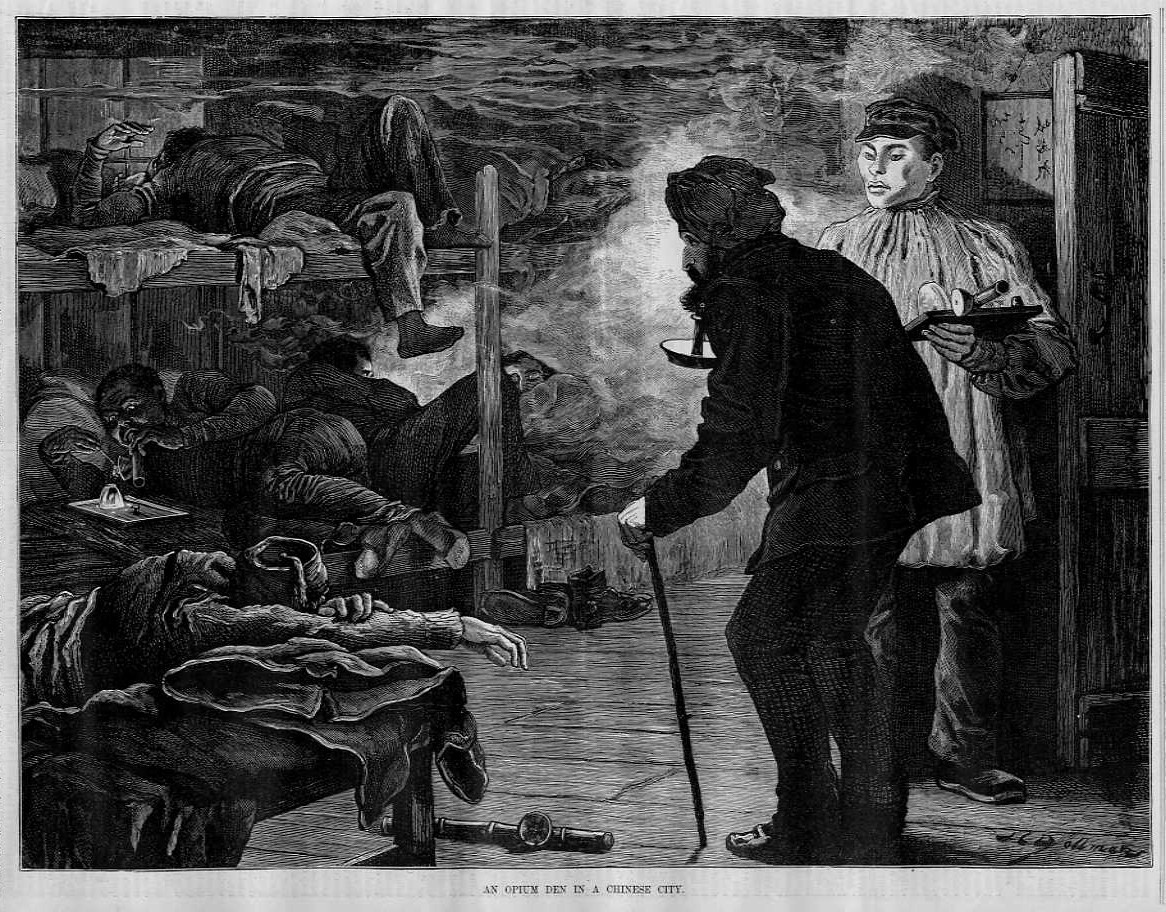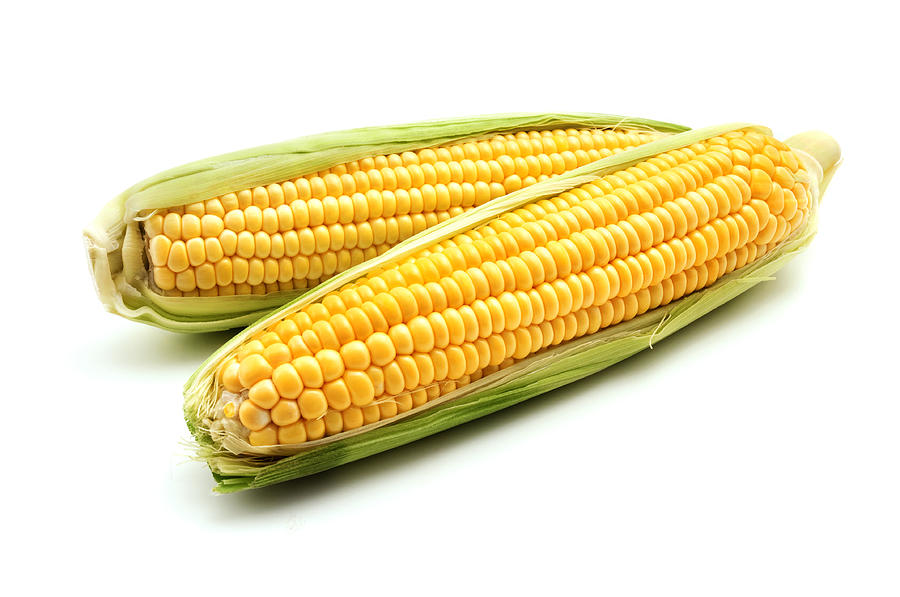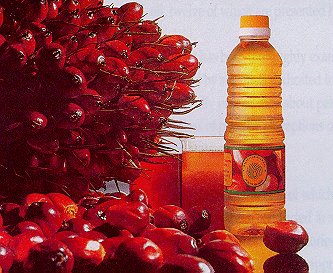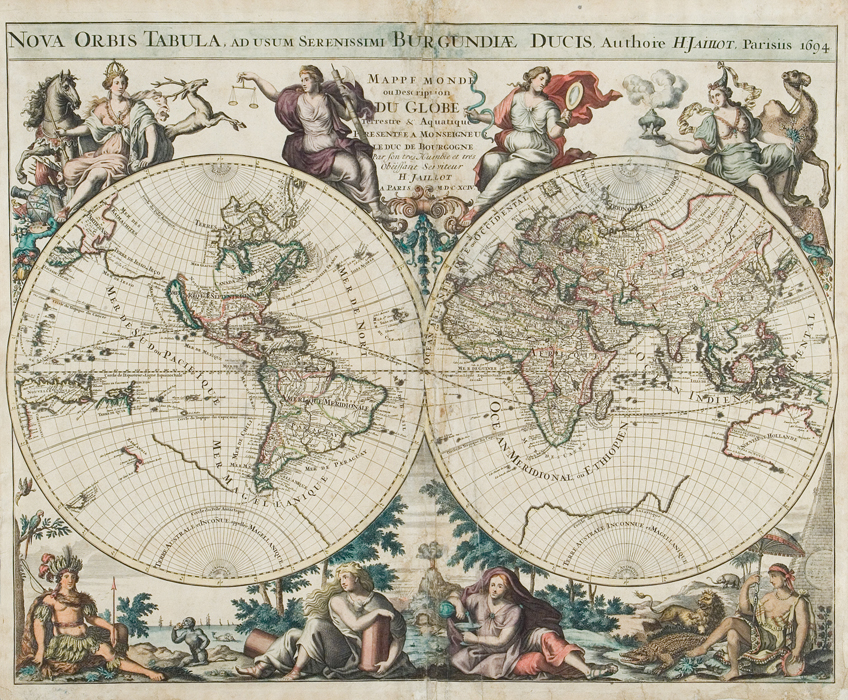When most Americans hear "East India Company" and "Tea" in the same sentence, images of the Boston Tea Party and the American Revolution quickly spring to mind. But there was another EIC, the British one, and it's relationship with tea had even more dramatic effects on world history. And it began not with tea, but with cotton.
.jpg) |
Indian calico
http://nieszvintagefabric.blogspot.dk/ |
Founded in the early 18th century, the BEIC was to be the connection between England the wealth of spices and other exotic goods in the Indies. Upon arrival in India, the BEIC found the locals wearing an incredible new fabric that was durable, soft, and cheap: cotton. The english quickly grew a taste for this new product, and the BEIC was thriving as the only importer. Not only did cotton bolster the success of this company, but it had dramatic effects for India as well. Looking for more control over the cotton industry, the BEIC created their own army and quickly took control of the Indian government, creating a colonial rule.
With the boom of cotton, the BEIC grew and grew to become one of the largest european companies in the east. The company had it's hands in another one of England's favorite products, tea. However the Chinese, who controlled the growing and processing of tea, was closed off and not interested in trade. All they would accept was silver. With the Brits demanding so much tea, it didn't take long for silver to become scarcer, and the BEIC wanted to find another way. China refused to trade for any goods, but if the BEIC could find a way to force them...
 |
The poppy plant
saastastebuds.files.wordpress.com |
The poppy is a plant native to India, from which the highly addictive opium is made. The BEIC ramped up the production of poppy in their colony and began to feed opium into China. As addiction spread to epidemic levels, the BEIC forced it's way in and traded it's opium for silver, and silver for tea. The effects on China were devastating. They fought and lost two wars against the British trying to force the end of the opium trade, suffering even more loss, including Hong Kong.
 |
| Chinese opium den |
We know that the Dutch East India Company and it's tea had a dramatic impact on the history and founding of America, and helped contribute to a war. Yet that all pales in comparison to the BEIC, and the wars fought, colonies formed, lives destroyed, and countries crippled by its appetite for tea.








.jpg)



